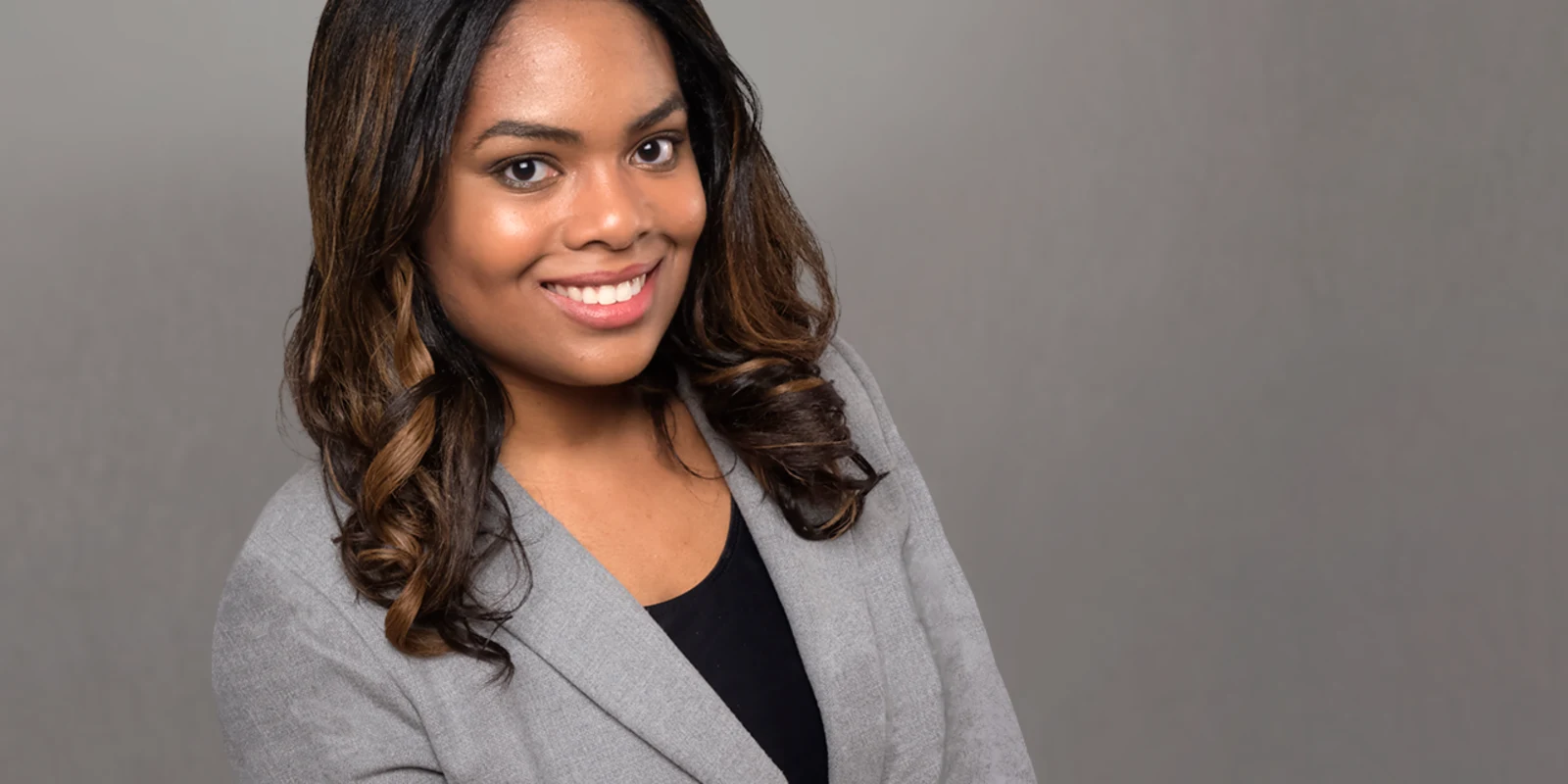
Name: Kate Sully, MD
Specialty: Physical Medicine/Rehab
Education: University of Missouri — Kansas City School of Medicine, Deuk Spine Institute, University of Pennsylvania
Areas of Expertise: Pain Medicine, Sports Medicine (Non-Surgical), Occupational Medicine
Current Position: Pain Fellow at Mayo Clinic
1. Why did you choose physical medicine and rehabilitation?
Physiatry wasn’t my chosen field when I first started medical school. I think that is partly because the field is lesser known and smaller, so it doesn’t necessarily stand out to first year medical students. I was on track to become a neurologist but soon realized that one of the most gratifying moments in medicine is being able to watch a patient recover after perhaps the most devastating afflictions in their lives, which is what a physiatrist gets to do every day.
2. What is the last journal article or piece of research that significantly changed your practice?
There was an article that stated that one of the most commonly performed interventions a pain physician does actually isn’t beneficial. There were several flaws in the article and it made me realize that published research can do good, but a poor study can actually do a lot of harm too.
3. What are your research interests?
Regenerative medicine looks promising. There certainly needs to be larger, reproducible, multicenter trials as well as standardized protocols. This research is in development, but it does seem promising.
4. Outside of your daily practice, do you have any personal or professional projects that you’re passionate about?
I have a greater interest in journalism. Interestingly, where medicine and journalism meet, there is frequently a public health topic.
5. What is a common misconception that other clinicians have about physical medicine and rehabilitation?
If there is a PM and R department in a hospital, I think that many physicians understand what it is that we do. My field encompasses so much including traumatic brain injury, stroke, spinal cord injury, sport injury, pain medicine, cardiac rehab, cancer rehab and pediatric rehabilitation. We generally try to restore function and improve quality of life.
6. What’s the best advice you’ve ever received?
“Research is how you propel a field forward.”
7. How do you motivate patients to do what’s best for their health?
Educating a patient about their pathology has proven to be most effective in motivating a patient to make the decision to do what’s best for their health.
8. Are you involved in inpatient or outpatient rehab? Ups/Downs of both?
At this point, I’m primarily outpatient. My interests lie in musculoskeletal and pain rehabilitation, which mostly takes place outside the hospital.
9. What are your favorite Doximity features and how have they helped your productivity (Dialer, DocNews, Career Navigator, e-Fax, etc.)?
I like the Doc News feature. I can scan many articles quickly and read the ones most pertinent.






